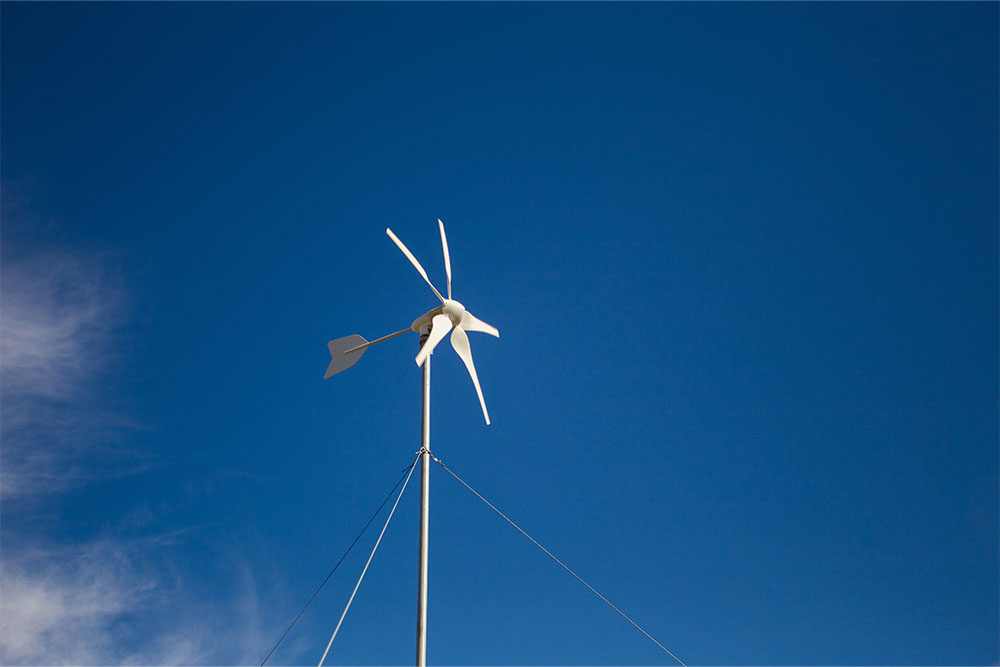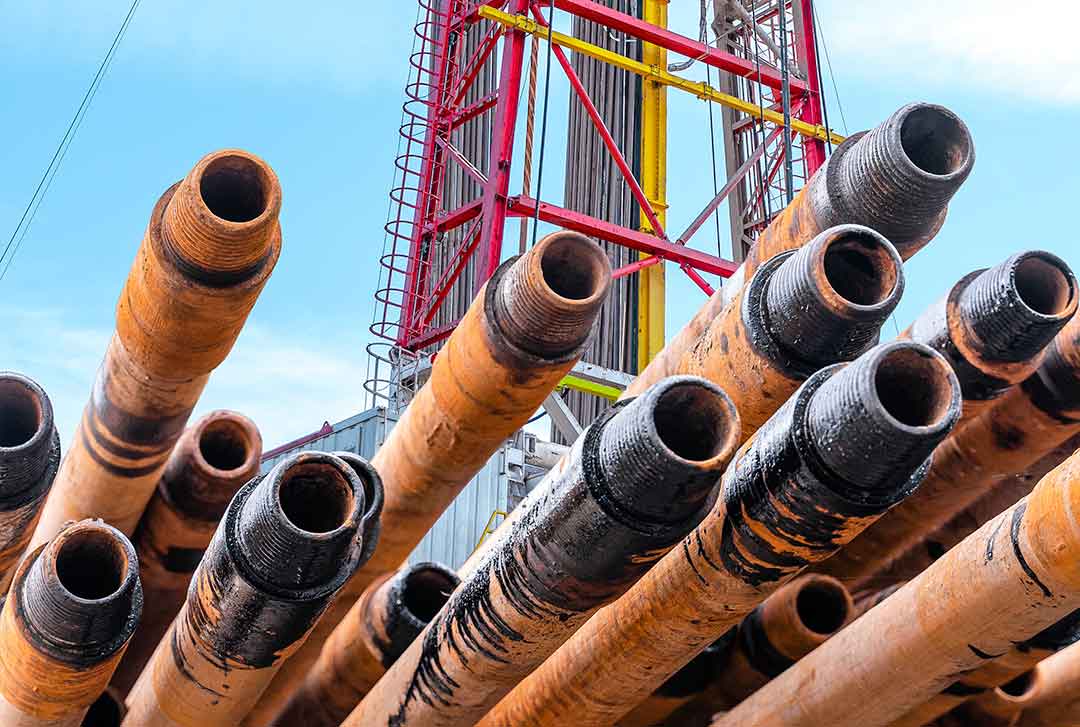
The energy sector plays a fundamental role in our society as the main responsible for the production, distribution, and supply of energy in all its forms. It is a clear reality that the energy sector is undergoing a change, gradually moving towards renewable and green energies, despite the continued significant presence of oil and gas in the market. Additionally, another challenge faced by the energy sector is the rigorous quality standards they pursue, along with demanding delivery deadlines.
The trend towards green and renewable energies has been steadily increasing in recent years, which is evident in sector data. Wind and solar power generation have gradually surpassed gas combustion, and this has been reflected in industrial investment. Furthermore, the increase in the construction of wind farms supports the consumption of this type of clean energy, as it becomes an increasingly cheaper and competitive source of energy. This achievement is made possible through wind turbines connected to distribution networks, with lathes playing a vital role in their manufacturing process.
In order to meet the aforementioned requirements in such a demanding sector like energy, it is necessary to invest in new technologies that allow the production of components with the highest possible quality while improving productivity and reducing delivery times. For this purpose, the acquisition of lathes for the energy sector becomes indispensable.

Lathes play a crucial role in the energy sector as they enable precise and efficient manufacturing of large and complex parts. When referring to components for the energy sector, we are talking about a wide variety of pieces: turbine blades, generator shafts, wind turbine bearings, drilling pipes, casings, generator housings, rotor shafts, wind turbine components, and more.
Most of these components for the energy sector share their large size and complexity in machining, requiring a range of lathes to ensure the utmost quality of the components. Furthermore, it should be noted that these machines allow the manufacturing of components with tight tolerances, complex shapes, and high-quality surfaces, guaranteeing optimal performance and longer lifespan of energy equipment.
To fulfil these objectives, our long bed lathes from the TD Z2200-Z3200 series meet the necessary technical requirements. They are robust and extremely powerful machines for machining large parts, with distances between centres of over 2 and 3 metres. These machines perfectly adapt to the needs of the energy sector, capable of machining large shafts and other parts.




Lathes for the energy sector play a fundamental role in the manufacturing of a wide variety of parts for the industry. The use of this type of machinery brings multiple advantages to users. The main advantages are as follows:
Lathes for the energy sector play a fundamental role in the manufacturing of a wide variety of parts for the industry. The use of this type of machinery brings multiple advantages to users. The main advantages are as follows:
Therefore, it can be said that the use of lathes for the energy sector offers advantages in terms of precision, efficiency, flexibility, quality, material optimisation, and customisation capacity. To achieve this, it is essential to have robust and powerful machines for machining large parts in the energy sector.
Below are the most frequent and demanded processes in the use of lathes for the energy sector.

Wind turbine blades are aerodynamic components shaped like blades or blades that can be found in gas, steam, or wind turbines. They are used to convert the kinetic energy of a fluid into mechanical energy. In gas and steam turbines, they direct and control the flow of the fluid to drive the rotor's rotation. In wind turbines, they capture the kinetic energy of the wind and convert it into mechanical energy to generate electricity.
Machining of wind turbine blades can be performed on our lathes for the energy sector. Lathes are used to shape and machine these parts with high precision and optimal surface finish, as they allow for the creation of complex aerodynamic profiles and smooth surfaces on the blades. This ensures optimal performance and energy conversion efficiency. In addition to machining wind turbine blades, lathes can also be used to machine components for these blades, both large and small.

Rotor shafts, or generator shafts, are structural components that transmit mechanical energy from a turbine, motor, or power source to an electric generator. These shafts enable the transfer of mechanical energy through the generator, generating electricity in the process. Their manufacturing is essential for the production of electrical energy in power plants and wind farms.
Manufacturing rotor shafts involves several operations, and one of them is machining or turning. For this purpose, the role of a lathe that meets the most demanding specifications and tolerances is crucial, as it is used to machine and shape these high-strength components. Lathes enable the production of shafts with dimensional precision and tight tolerances, ensuring efficient and reliable energy transfer in rotating machines.

Bearings play a crucial role in various sectors, including the energy sector. They allow smooth and efficient movement of the rotor and other rotating components in a wind turbine, while supporting heavy loads. By enabling the rotation of the rotor, bearings actively participate in converting the kinetic energy of the wind into mechanical energy for electricity generation.
The role of lathes in bearing manufacturing is essential. They are used to machine and create the raceways and rolling elements with high precision. One of the advantages of using lathes for bearing machining is the ability to achieve tight tolerances and smooth surfaces on the bearings. This ensures optimal operation and durability.

Drilling pipes, also known as drill pipes, are conduits used in the oil industry for the extraction of oil and natural gas from underground reservoirs. They consist of large and heavy seamless tubes that rotate around the drill axis, allowing the flow of liquid. Their main purpose is to enable the pumping of fluids through the drill bit at the drilling site and continue through the annular space. These pipes are exposed to axial stresses, high torque, and high internal pressures. Therefore, it is crucial for these pipes to be extremely strong and robust.
Machining drilling pipes requires the acquisition of a large-sized lathe with high torque and power since we are dealing with materials exposed to high levels of pressure. These lathes are used to machine and shape the connections and threads at the ends of the pipes. By allowing precise and repeatable manufacturing, lathes ensure the integrity and efficiency of the pipes in drilling operations.

Casing pipes, or casing tubing, are steel tubes installed in oil and gas wells to provide structural stability and protection. Among other purposes, they are used to prevent the collapse of wellbore walls, prevent leaks, and help control fluid pressure.
Casing pipes must fulfil various functions in general. They must isolate different formations crossed to minimize drilling problems or maximize production. Additionally, they must provide a stable and known-diameter well through which future drilling, completion, and well repair operations can be conducted. Furthermore, they must provide a safe means for installing surface well control equipment.
Lathes are used to manufacture casings of different sizes and technical specifications. They are used to machine and shape the steel tubes with precision, as they allow for the creation of accurate connections and threads at the ends of the casings, ensuring proper installation in wells.

Generator housings are structures that protect the internal components of an electric generator, such as the rotor and stator. They provide electrical insulation, protection against moisture and other potential sources of contamination, and contribute to the operational safety of the electric generator. In summary, they are components that ensure the proper functioning of the internal components, making them of vital importance.
Therefore, machining of generator cylinders and housings plays a crucial role, and it must be carried out with meticulous attention to the specified tolerances. Lathes are used to machine and shape these structures with precision. Additionally, they allow for the creation of precise holes, fittings, and surfaces in the housings, ensuring proper assembly and effective protection of the internal components.
Furthermore, within the energy sector itself, machining of components for the wind sector can also be carried out on a lathe. This sector is characterized by being very dynamic and having high technological demands, always with the aim of reducing manufacturing costs and extending the lifespan of wind turbines. Lathes meet all the market's requirements.
In summary, the energy sector requires robust and large-sized components, whose machining can often be a challenge for companies. At CMZ, we have long bed CNC lathes that can assist you in machining parts for the energy sector. Generator shafts, bearings, housings, turbine components, and more. Moreover, for smaller components, we have lathes for the energy sector of different sizes, all offering the same level of precision.